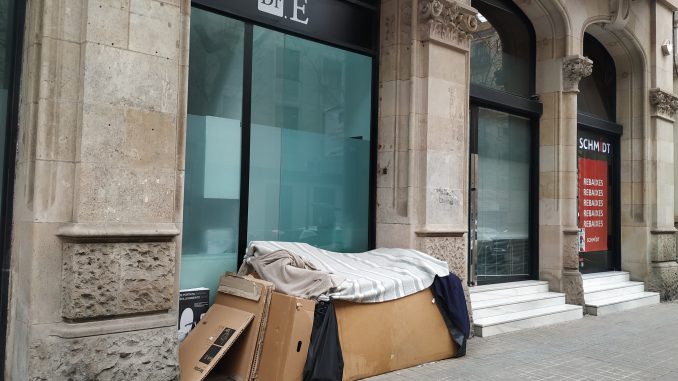
Source: Joan Uribe.
First Conferences on Margins and Urban Peripheries
We understand that for homeless people in a street context –that is, those who do not spend the night in any dwelling or temporary facility– commonly called “people on the street”; “In a street situation”, or “homeless”, the dichotomy between the concepts of “margin” and “periphery”, understood as the border or the passage between marginal neighborhood and peripheral neighborhood, in the context of spatialization in terms neighborhood of the classic differences between working classes and dangerous classes (Chevalier) and, before, between proletariat and lumpenproletariat (Marx and Engels), is not fulfilled. And it is not fulfilled in relation to a specific circumstance: spatialization.
Indeed, in this case, the exclusionary condition of the concept of exclusion, “goes with the person.” They are, in fact, considered as “marginal people” or, in other words, the category does not operate in them as a vector of spatialization, but rather becomes an element of their moral career. They “are” margin. Wherever they are. They suppose a cell of marginality inserted wherever they are, whether or not it corresponds to one spatiality or another, regardless of where they are: homeless people are constitutive, in themselves, of “being” a margin.
Now, what is radically unique in the case that concerns us here in relation to the condition of homeless people is not so much that the margin-periphery distinction does not operate, but that it has ceased, at some point, to operate. In other words, although the territorial dimension, the spatiality, could have a primary importance for the explanation of their fall to the street as such, once they have become homeless, they then cease to play a fundamental role in their identity. No matter the place, the homeless are on the fringes in every corner of the city.
Not having a domicile is, therefore, not having a recognizable individual identity; seeing itself turned into a prowling body that ends up becoming part of the urban landscape of large cities. In perpetual transhumance, its “urban identity”, laborious and dangerous, is nothing more than an anonymous and marginal pleonasm in the eyes of the total city.